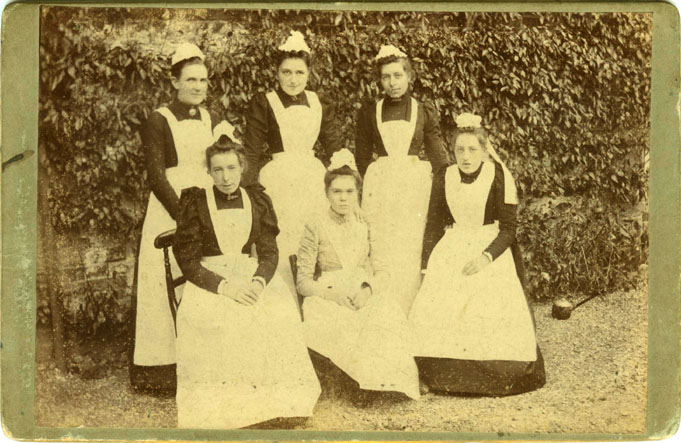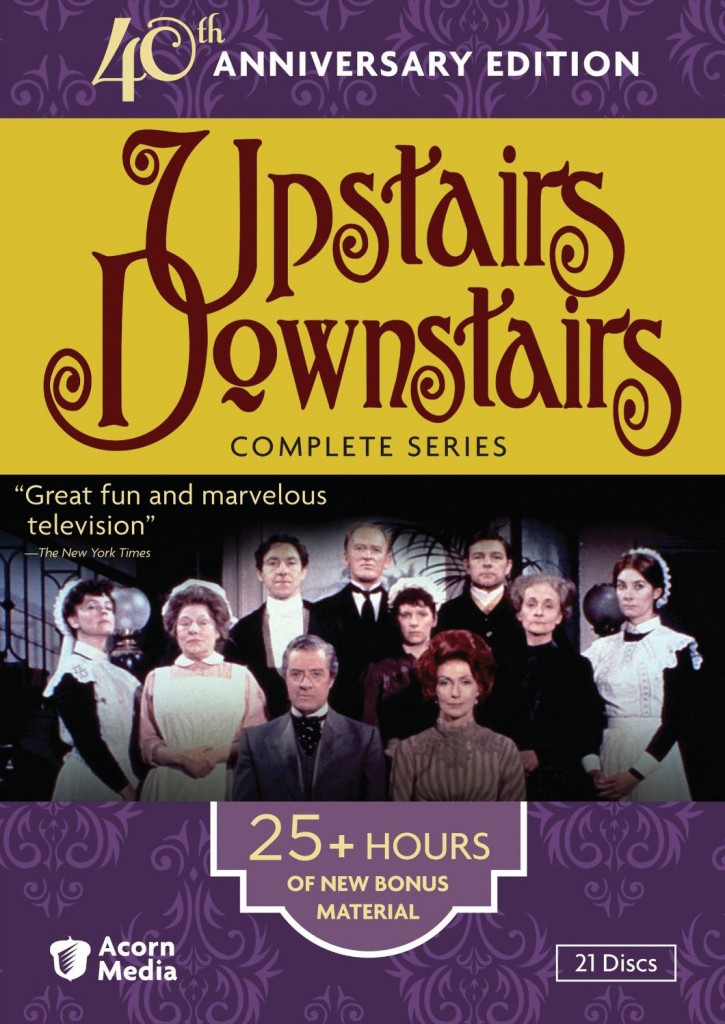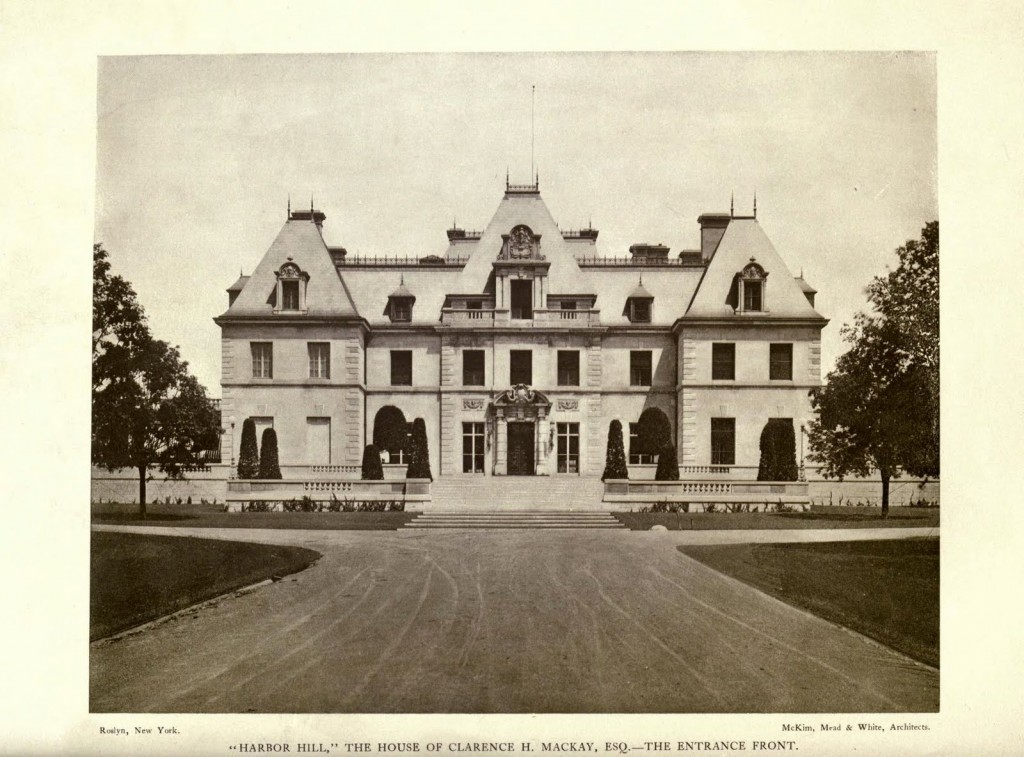
Six housemaids were seen as quite enough, thank you very much…(This is the same palace that employed one man to wash all of these windows – and it took him a full year!)
Lady Troubridge’s “The Book of Etiquette” (1926) sets forth the ideal attitude for the upper classes in dealing with their servants, as follows: (Let’s hope the theory was also put into practice!)
‘It would appear that there are people who feel that those who labour in the capacity of servants are inferior, but in most cases it is those who place servants on a lower plane who are themselves inferior. We owe to those who take part in the work…more than the wages we pay them: we owe them gratitude, courtesy and kindness. They, equally, should treat their employers with courtesy and kindness, and they should regard it as beneath their self-respect to ask wages for work which they are not fitted to perform. A reliable servant holds a place of importance in the home, and it should be recognised in the social world as a place worthy of courtesy and respect.’
-I discussed briefly the most common indoor servants of the time:
Menservants: Butler, Valet, Chef, Footman, Hallboy
Womenservants: Housekeeper, Lady’s Maid, Cook, then maids, maids, maids of every description….
*****Recommended Media *****
UPSTAIRS, DOWNSTAIRS:
I recommended (and how could I not?!) the classic “Upstairs, Downstairs.”
For an Up/Down fan page including photos, links, and news, please visit: http://www.updown.org.uk/
MANOR HOUSE:
And a true obsession of mine, the wonderful, amazing “Manor House” series, in which modern people were cast as Edwardian servants and aristocracy:
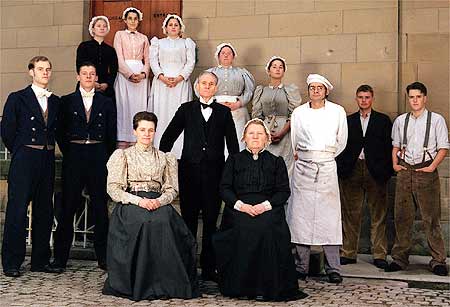
Looks like any classic servant portrait of the day. Note the upper servants are definitely given pride of place in the lineup.
The show’s website is a must – so many things to see, including the daily schedules for each “servant” or “family member.” – and their rules of conduct.
My favorite feature is “You in 1905.”
http://www.pbs.org/manorhouse/
GOSFORD PARK
I mentioned the Robert Altman film “Gosford Park”, which (as it’s set in 1932) is well out of our period, but has great insight into the world of the country house servant. In particular, I love all of the “offices” in the basement, all the languor of the upstairs people while all chaos breaks downstairs.
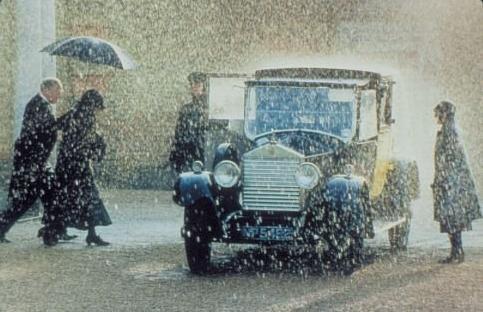
Notice the lady’s maid and driver standing in the rain? They were not allowed to get into the car until the Countess did.
The IMDB page for the movie:
http://www.imdb.com/title/tt0280707/
HARBOR HILL:
Here is the link to a wonderful article from Harper’s Bazaar in 1904, decribing (and showing!) the atypically luxurious accommodations for servants in that house.
http://bit.ly/Harborhillservants
As always, music for our podcast comes courtesy of Music Alley. Visit them at music.mevio.com.

